Introduction
Tremella fuciformis, commonly known as white jelly mushroom or silver ear mushroom, is a popular edible fungus renowned for its nutritional benefits and culinary versatility. This delicate, translucent mushroom has been a staple in traditional Chinese medicine and cuisine for centuries, praised for its ability to nourish the body and enhance overall health. However, with the increasing demand for Tremella fuciformis, both in its native China and globally, the market has become flooded with varying qualities of this precious ingredient. From premium, organic, and sustainably sourced options to lower-quality, potentially contaminated, or adulterated products, discerning the quality of Tremella fuciformis can be a challenging task for even the most discerning consumer.
This comprehensive guide aims to equip you with the knowledge and skills necessary to identify and select high-quality Tremella fuciformis. By understanding the key factors that influence its quality, from cultivation practices to post-harvest handling, you can ensure that you are purchasing a product that not only meets your culinary needs but also aligns with your health and ethical standards.
Chapter 1: Understanding Tremella fuciformis
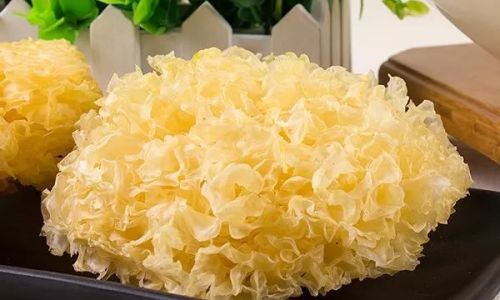
Before diving into the specifics of quality discernment, it is crucial to have a foundational understanding of Tremella fuciformis. This chapter provides an overview of the mushroom’s botanical characteristics, nutritional profile, and traditional uses.
1 Botanical Characteristics
Tremella fuciformis belongs to the Tremellaceae family of fungi. It is characterized by its delicate, translucent, and gelatinous appearance, resembling a white or yellowish-white ear or brain. The mushroom grows naturally on dead or decaying wood, particularly on broadleaf trees such as oak and birch, in temperate and subtropical regions. Its fruiting body is composed of interwoven hyphae, which form a complex network that gives the mushroom its unique texture and elasticity.
2 Nutritional Profile
Tremella fuciformis is prized for its rich nutritional profile, which includes essential amino acids, polysaccharides, vitamins, and minerals. Polysaccharides, particularly beta-glucan, are the most notable components, known for their immune-boosting and antioxidant properties. The mushroom is also a good source of dietary fiber, promoting digestive health, and contains trace amounts of vitamins such as D and B vitamins, as well as minerals like potassium, calcium, and magnesium.
3 Traditional Uses
In traditional Chinese medicine, Tremella fuciformis is valued for its ability to nourish the lungs and kidneys, moisturize the skin, and promote overall yin energy. It is often used to treat dry coughs, lung congestion, and skin conditions. Culinary uses range from simple soups and stir-fries to more elaborate dishes, showcasing its versatility and mild, slightly sweet flavor.
Chapter 2: Cultivation Practices and Their Impact on Quality
The quality of Tremella fuciformis is largely influenced by its cultivation practices. This chapter explores the different methods used to cultivate the mushroom, the challenges associated with each, and how they affect the final product.
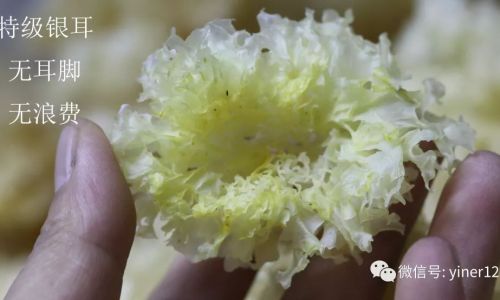
1 Wild Harvesting vs. Cultivation
Traditionally, Tremella fuciformis was harvested from its natural habitat. However, due to overharvesting and habitat destruction, wild populations have declined, making wild-harvested mushrooms increasingly rare and expensive. Cultivation has emerged as a viable alternative, allowing for more controlled and sustainable production.
Cultivated Tremella fuciformis can be grown on various substrates, including wood chips, sawdust, and agricultural waste. The choice of substrate, as well as cultivation techniques, can significantly impact the mushroom’s quality. For instance, organic cultivation practices, which use certified organic substrates and fertilizers, tend to produce mushrooms with superior nutritional profiles and fewer contaminants.
2 Environmental Conditions
The environmental conditions during cultivation, such as temperature, humidity, and light exposure, also play a crucial role in determining the quality of Tremella fuciformis. Optimal growth conditions vary depending on the strain and cultivation method but generally require a cool, moist environment with controlled lighting. Deviations from these optimal conditions can lead to reduced growth rates, decreased nutritional content, and increased susceptibility to contaminants.
3 Post-Harvest Handling
Once harvested, the mushrooms undergo a series of post-harvest handling processes, including cleaning, drying, and packaging. These processes can further influence the quality of Tremella fuciformis. Proper cleaning removes dirt and debris, while controlled drying preserves the mushroom’s nutritional content and texture. Packaging should be airtight and moisture-proof to prevent degradation and maintain freshness.
Chapter 3: Identifying High-Quality Tremella fuciformis
Now that you understand the factors that influence Tremella fuciformis’s quality, it’s time to learn how to identify high-quality products. This chapter provides a step-by-step guide to discernment, covering visual inspection, aroma, taste, and packaging considerations.
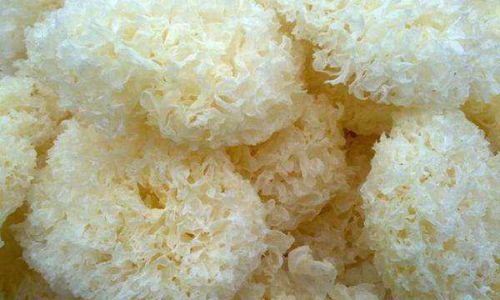
1 Visual Inspection
Visual inspection is the first step in discerning the quality of Tremella fuciformis. High-quality mushrooms should have a translucent, gelatinous appearance with a smooth, even texture. Avoid mushrooms that are discolored, have spots or mold, or have a rough, uneven texture. The color should be a uniform white or light yellow, with no signs of browning or discoloration.
2 Aroma
Tremella fuciformis has a mild, slightly sweet aroma. High-quality mushrooms should have a fresh, clean scent with no off-odors. If the mushrooms smell musty, stale, or have any other unpleasant odors, they are likely of poor quality or have been stored improperly.
3 Taste
Taste is another important indicator of quality. High-quality Tremella fuciformis should have a mild, slightly sweet flavor with a slightly chewy texture. Avoid mushrooms that taste bitter, sour, or have any other unpleasant flavors.
4 Packaging and Labeling
Packaging and labeling can provide valuable information about the product’s quality and origin. Look for packaging that is airtight and moisture-proof to ensure freshness. The label should include information on the cultivation method (organic, conventional), country of origin, and any certifications or awards the product has received. Avoid products that lack clear labeling or have labels that are difficult to read or understand.
Chapter 4: Common Quality Issues and How to Avoid Them
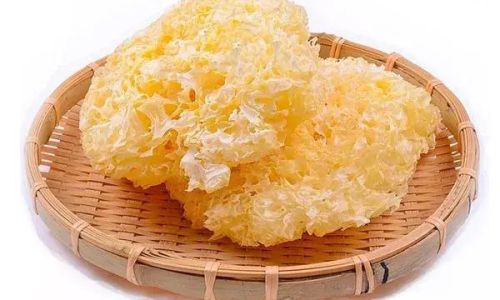
Despite the best efforts of cultivators and processors, Tremella fuciformis can still suffer from various quality issues. This chapter discusses common problems and provides tips on how to avoid them.
1 Contamination
Contamination is a significant quality issue that can affect Tremella fuciformis. It can occur during cultivation, post-harvest handling, or storage. Contaminants can include mold, bacteria, pesticides, and heavy metals. To avoid contaminated mushrooms, look for products that are certified organic or have undergone rigorous testing for contaminants.
2 Adulteration
Adulteration is another common quality issue, where Tremella fuciformis is mixed with other ingredients or substances to increase its weight or volume. This can reduce the nutritional content and overall quality of the product. To avoid adulterated mushrooms, purchase from reputable suppliers and check for clear labeling that indicates the product’s purity.
3 Storage and Shelf Life
Proper storage is crucial for maintaining the quality of Tremella fuciformis. High-quality mushrooms should be stored in a cool, dry place away from direct sunlight and moisture. Once opened, they should be consumed within the recommended shelf life to ensure freshness and nutritional content.
Chapter 5: Selecting the Right Tremella fuciformis for Your Needs
With the knowledge gained from the previous chapters, you are now ready to select the right Tremella fuciformis for your needs. This chapter provides tips on choosing the best product based on your culinary preferences, health goals, and budget.
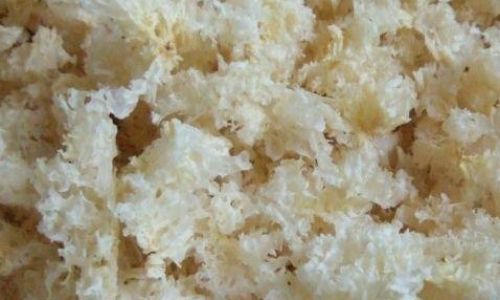
1 Culinary Preferences
Tremella fuciformis can be used in a variety of culinary applications, from soups and stir-fries to desserts and smoothies. Consider your culinary preferences and how you plan to use the mushroom when selecting a product. For instance, if you prefer a milder flavor, look for mushrooms that are lightly dried or fresh. If you are looking for a more intense flavor, opt for mushrooms that have been more heavily dried or concentrated.
2 Health Goals
Tremella fuciformis is renowned for its health benefits, particularly its immune-boosting and antioxidant properties. If you are purchasing the mushroom for specific health goals, look for products that have been tested for their nutritional content and purity. Organic and sustainably sourced mushrooms are likely to have higher nutritional profiles and fewer contaminants.
3 Budget
Price is often a determining factor when purchasing Tremella fuciformis. High-quality mushrooms tend to be more expensive due to their cultivation practices, post-harvest handling, and packaging. However, it is important to remember that quality is worth the investment. Look for products that offer the best value for your money, balancing quality, price, and your personal needs.
Conclusion
Discerning the quality of Tremella fuciformis requires a combination of knowledge, skills, and vigilance. By understanding the factors that influence its quality, from cultivation practices to post-harvest handling, and by knowing how to identify high-quality products through visual inspection, aroma, taste, and packaging considerations, you can ensure that you are purchasing a product that meets your culinary, health, and ethical standards. Remember, quality is worth the investment, and with the right knowledge and skills, you can enjoy the full benefits of this precious edible fungus.
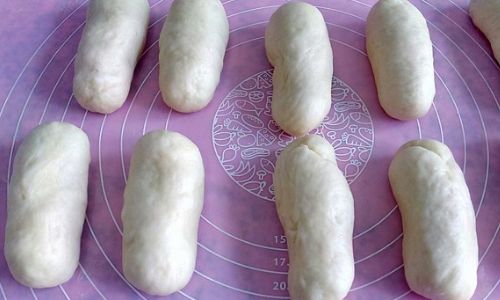
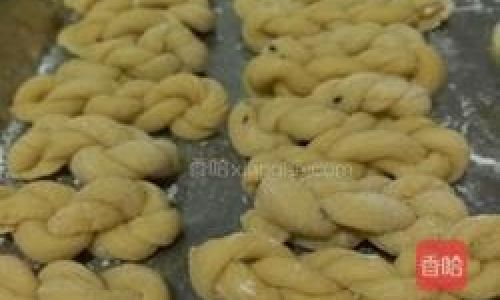

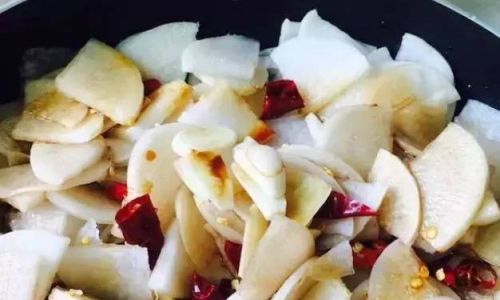
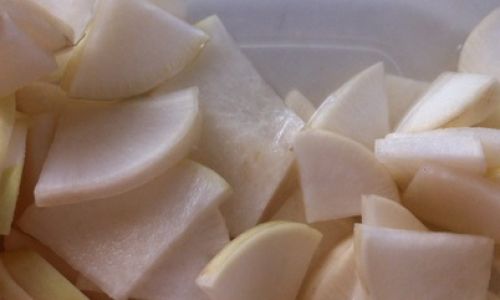
0 comments